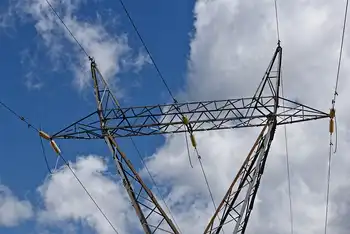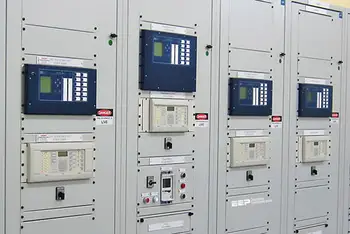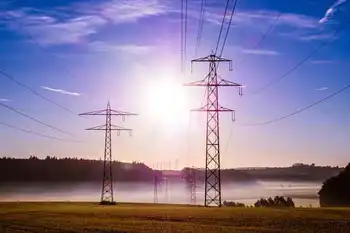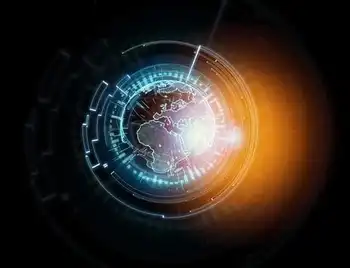Russian Missiles and Drones Target Kyiv's Power Grid in Five-Hour Assault

Protective Relay Training - Basic
Our customized live online or in‑person group training can be delivered to your staff at your location.

- Live Online
- 12 hours Instructor-led
- Group Training Available
Assault on Kyiv's Power Grid intensifies as missiles and drones strike critical energy infrastructure. Ukraine's air defenses intercept threats, yet blackouts, heating risks, and civilian systems damage mount amid escalating winter conditions.
Key Points
Missile and drone strikes on Kyiv's power grid to cripple infrastructure, cause blackouts, and pressure civilians.
✅ Targets power plants, substations, and transmission lines
✅ Air defenses intercept many missiles and drones
✅ Blackouts jeopardize heating, safety, and communications
In a troubling escalation of hostilities, Russian forces launched a relentless five-hour assault on Kyiv, employing missiles and drones to target critical infrastructure, particularly Ukraine's power grid. This attack not only highlights the ongoing conflict between Russia and Ukraine but also underscores the vulnerability of essential services, as seen in power outages in western Ukraine in recent weeks, in the face of military aggression.
The Nature of the Attack
The assault began early in the morning and continued for several hours, with air raid sirens ringing out across the capital as residents were urged to seek shelter. Eyewitnesses reported a barrage of missile strikes, along with the ominous whir of drones overhead. The Ukrainian military responded with its air defense systems, successfully intercepting a number of the incoming threats, but several strikes still managed to penetrate the defenses.
One of the most alarming aspects of this attack was its focus on Ukraine's energy infrastructure. Critical power facilities were hit, resulting in significant disruptions to electricity supply across Kyiv and surrounding regions. The attacks not only caused immediate outages but also threatened to complicate efforts to keep the lights on in the aftermath.
Impacts on Civilians and Infrastructure
The consequences of the missile and drone strikes were felt immediately by residents. Many found themselves without power, leading to disruptions in heating, lighting, and communications. With winter approaching, the implications of such outages become even more serious, as keeping the lights on this winter becomes harder while temperatures drop and the demand for heating increases.
Emergency services were quickly mobilized to assess the damage and begin repairs, but the scale of the attack posed significant challenges. In addition to the direct damage to power facilities, the strikes created a climate of fear and uncertainty among civilians, even as many explore new energy solutions to endure blackouts.
Strategic Objectives Behind the Assault
Military analysts suggest that targeting Ukraine's energy infrastructure is a calculated strategy by Russian forces. By crippling the power grid, the intention may be to sow chaos and undermine public morale, forcing the government to divert resources to emergency responses rather than frontline defenses. This tactic has been employed previously, with significant ramifications for civilian life and national stability.
Moreover, as winter approaches, the vulnerability of Ukraine’s energy systems becomes even more pronounced, with analysts warning that winter looms over the battlefront for civilians and troops alike. With many civilians relying on electric heating and other essential services, an attack on the power grid can have devastating effects on public health and safety. The psychological impact of such assaults can also contribute to a sense of hopelessness among the population, potentially influencing public sentiment regarding the war.
International Response and Solidarity
The international community has responded with concern to the recent escalation in attacks. Ukrainian officials have called for increased military support and defensive measures to protect critical infrastructure from future assaults, amid policy shifts such as the U.S. ending support for grid restoration that complicate planning. Many countries have expressed solidarity with Ukraine, reiterating their commitment to support the nation as it navigates the complexities of this ongoing conflict.
In addition to military assistance, humanitarian aid is also critical, and instances of solidarity such as Ukraine helping Spain amid blackouts demonstrate shared resilience. As the situation continues to evolve, many organizations are working to provide relief to those affected by the attacks, offering resources such as food, shelter, and medical assistance. The focus remains not only on immediate recovery efforts but also on long-term strategies to bolster Ukraine’s resilience against future attacks.











